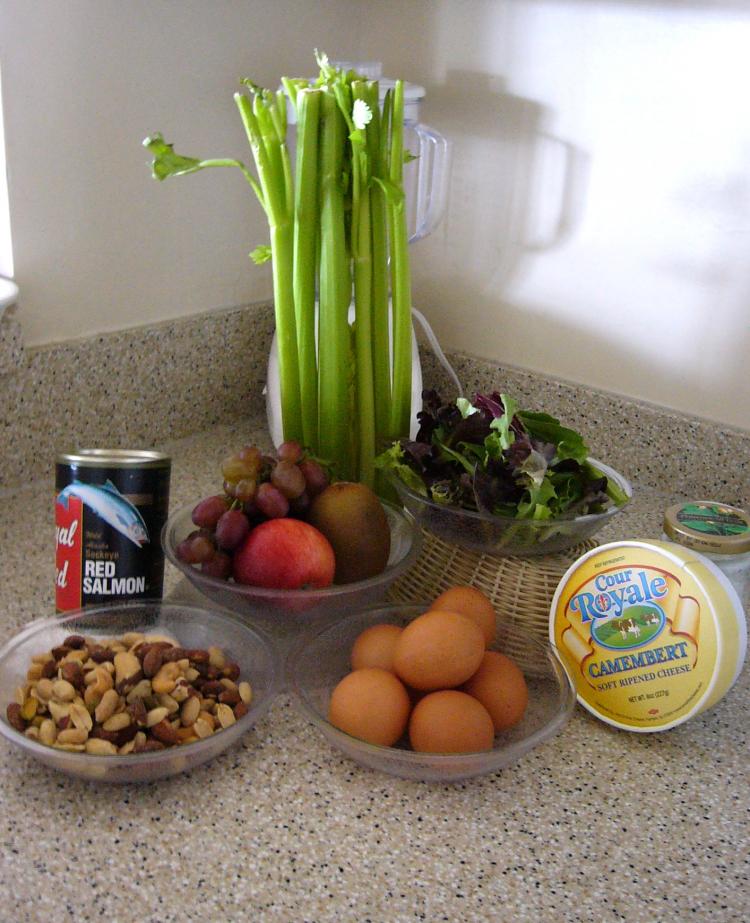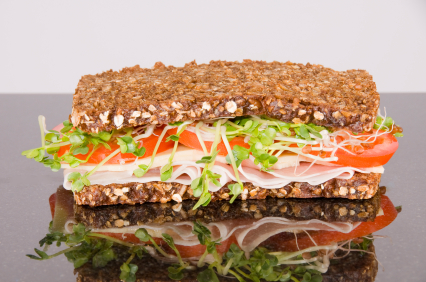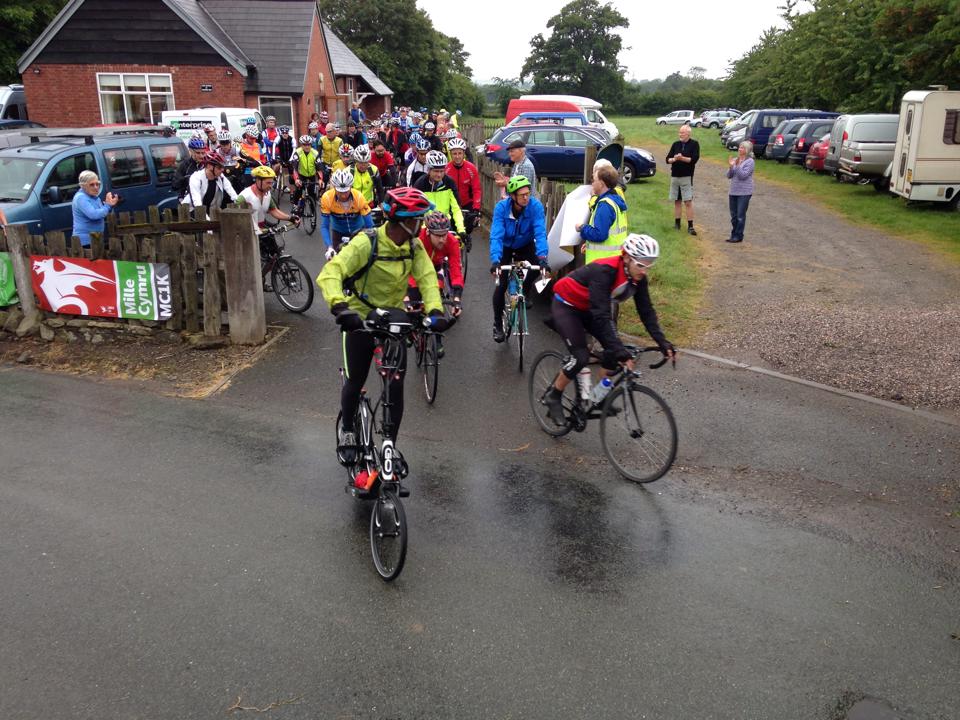By Idai Makaya (28 Nov 14):
The article below is part of the training and preparation blog for the ElliptiGO Ultra Endurance Team 1,230-km (765-mile) Challenge at PBP 2015, which each rider was training to complete within the 90-hour time-limit…
Consider GOing “Low GI” with your diet in the build up to the 2015 Paris-Brest-Paris cycling challenge.
By this I refer to fuelling strategies on very long rides. “GI” refers to how fast a food releases sugar into your bloodstream. Hi GI foods are fast release, Low GI foods are slow release.
There’s an expectation among many people who are new to ultra endurance training that gels and high sugar fast-release products make good fuel in big rides.
Quite the contrary.

Fast release sugars in foods cause a spike in blood sugar, causing a ‘panic reaction’ by the body, which then overproduces insulin to lower your blood sugar fast.
When this happens you can get a crash in energy levels – called “hypoglycemia” – in other words, you ‘hit the wall’. So what you want is slower release foods, less sugary stuff.
Slow release foods work best in endurance training and performance. The more natural (less processed) a food is, the better it will tend to work for endurance training and also for lowering general body fat (hence the growing popularity of raw food diets, ‘Paleo’ diets and even vegan diets in the hard-core endurance community).
The reason all these eating approaches work to reduce your body fat is that slow sugar release teaches your body to dig deeper into its fat reserves for energy. You get better at using fat. Hi GI foods actually block the body’s ability to access fat – because your body cannot burn fat if it is producing a lot of insulin.
In PBP we will most likely base our diet on normal meals like what we eat every day – not sugars. Sugary snacks are okay between main meals – but the more dense the snack, the slower the sugars will release (so flapjacks better than cake, in other words).

Liquid calories are almost always hi GI – they usually release sugar fast. So be careful how you use them on long rides. If, for example, you decide to drink a Coke during a meal on a long ride – it’s best to drink it after eating a bigger main meal (because the main meal will slow the absorption of the drink, making it act as a lower GI high calorie fuel).
Even trickier is eating during your long ride training. Most people don’t have time to stop for meals on a long ride (in fact, you should try not to stop at all on a long training ride). So perhaps look to carry sandwiches, or Low GI snack bars, on training rides which are long enough to require you to eat.
There are loads of these low GI snacks about. Billy Grace from our team gave me some new ones to try when we met in Lancashire last month. A common option, which I know a few of you in the team already use, is the Clif Bar. I don’t like the taste of any of them myself – but they do work for this purpose and I sometimes use them as snacks during ultra events.

High protein bars are a great option for long distance endurance training. Most of the protein bars sold in health shops only have up to 25% protein content – so they are in effect ‘carb bars’. But higher protein content in a bar lowers the GI of that bar. So those ‘protein bars’ are actually better for endurance training than the commonly promoted “energy bars”.
Quick tip: Adding meat, eggs and vegetables lowers the GI of many foods, so if choosing sandwiches on an ultra ride, go for the ones with more protein in them (for example: egg sandwiches, meat sandwiches, etc).
Hopefully that’s useful. Any questions – just ask…
